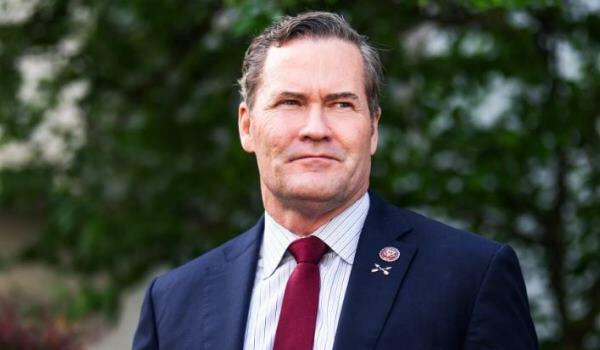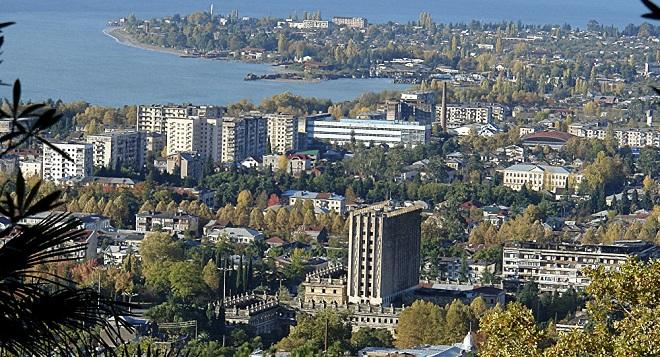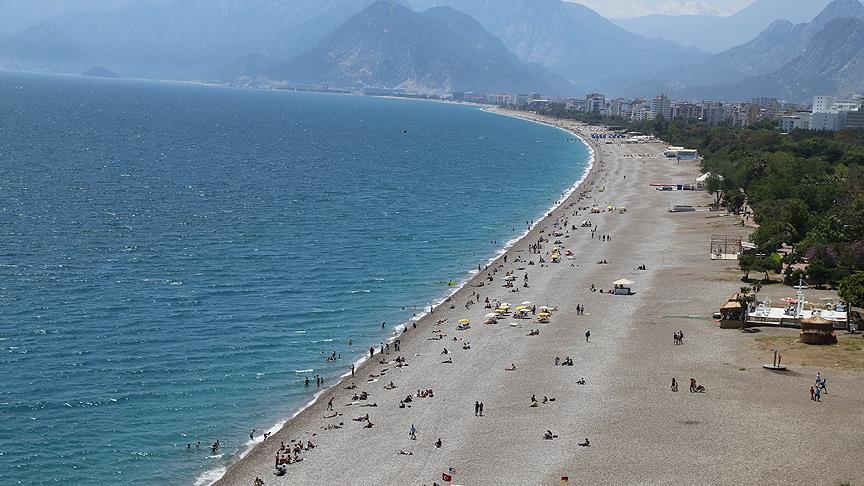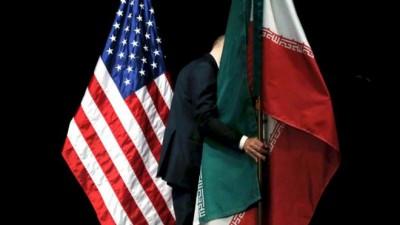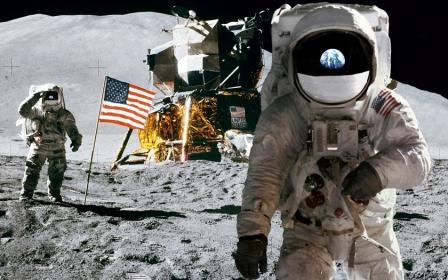Landing 12 people on the moon remains one of NASA's greatest achievements, if not the greatest.
Axar.az reports citing Business Insider.
Astronauts collected rocks, took photos, performed experiments, planted someflags, and then came home. But those week-long stays during the Apollo program didn't establish a lasting human presence on the moon.
More than 45 years after the most recent crewed moon landing — Apollo 17 in December 1972 — there are plenty of reasons to return people to Earth's giant, dusty satellite and stay there.
Researchers and entrepreneurs think a crewed base on the moon could evolve into a fuel depot for deep-space missions, lead to the creation of unprecedented space telescopes, make it easier to live on Mars, and solve longstanding scientific mysteries about Earth and the moon's creation. A lunar base could even become a thriving off-world economy, perhaps one built around lunar space tourism.
"A permanent human research station on the moon is the next logical step. It's only three days away. We can afford to get it wrong, and not kill everybody," former astronaut Chris Hadfield recently told Business Insider. "And we have a whole bunch of stuff we have to invent and then test in order to learn before we can go deeper out."
But many astronauts and other experts suggest the biggest impediments to crewed moon missions over the last four-plus decades have been banal if not depressing.
A tried-and-true hurdle for any spaceflight program, especially for missions that involve people, is the steep cost.
A law signed in March 2017 by President Donald Trump gives NASA an annual budget of about $19.5 billion, and it may rise to $19.9 billion in 2019.
Either amount sounds like a windfall — until you consider that the total gets split among all of the agency's divisions and ambitious projects: the James Webb Space Telescope, the giant rocket project called Space Launch System, and far-flung missions to the sun, Jupiter, Mars, theAsteroid Belt, the Kuiper Belt, and the edgeof the solar system. (By contrast, the US military gets a budget of about $600 billion per year. One project within that budget — the modernization and nowexpansion of America's nuclear arsenal— may even cost as much as $1.7 trillion over 30 years.)
Plus, NASA's budget is somewhat small relative to its past.
"NASA's portion of the federal budget peaked at 4% in 1965. For the past 40 years it has remained below 1%, and for the last 15 years it has been driving toward 0.4% of the federal budget," Apollo 7 astronaut Walter Cunningham said during a 2015 congressional testimony.
Trump's budget calls for a return to the moon, and then later an orbital visit to Mars. But given the ballooning costs and snowballing delays related to NASA's SLS rocket program, there may not be enough funding to make it to either destination, even if the International Space Station gets defunded early.
A 2005 report by NASA estimated that returning to the moon would cost about $104 billion (which is $133 billion today, with inflation) over about 13 years. The Apollo program cost about $120 billion in today's dollars.
"Manned exploration is the most expensive space venture and, consequently, the most difficult for which to obtain political support," Cunningham said during his testimony, according to Scientific American. "Unless the country, which is Congress here, decided to put more money in it, this is just talk that we're doing here."
Referring to Mars missions and a return to the moon, Cunningham added, "NASA's budget is way too low to do all the things that we've talked about doing here."







